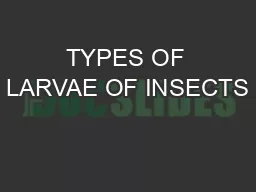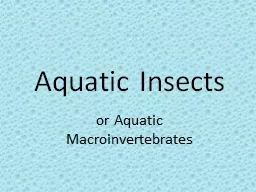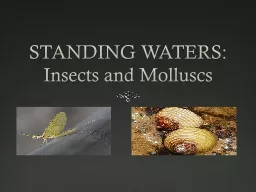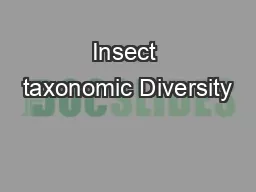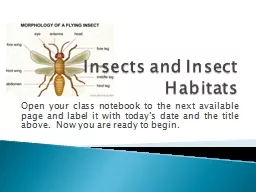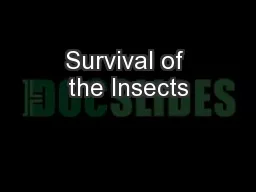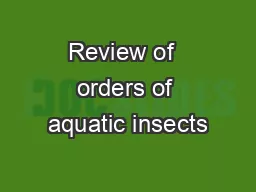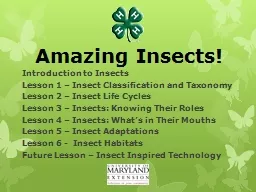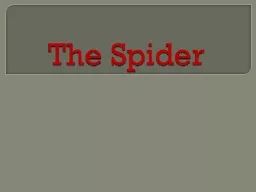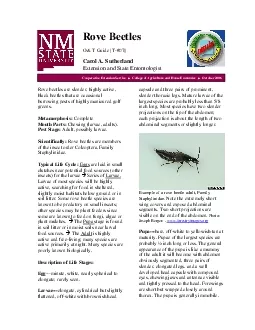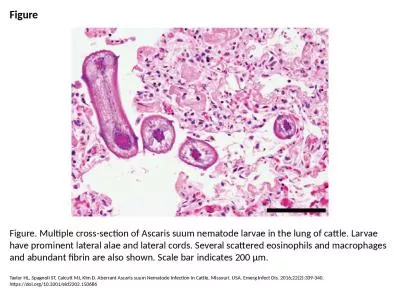PPT-TYPES OF LARVAE OF INSECTS
Author : cheryl-pisano | Published Date : 2017-04-16
What is a larva A larva Latin plural larvae is a distinct juvenile form many animals undergo before metamorphosis into adults Animals with indirect developments
Presentation Embed Code
Download Presentation
Download Presentation The PPT/PDF document "TYPES OF LARVAE OF INSECTS" is the property of its rightful owner. Permission is granted to download and print the materials on this website for personal, non-commercial use only, and to display it on your personal computer provided you do not modify the materials and that you retain all copyright notices contained in the materials. By downloading content from our website, you accept the terms of this agreement.
TYPES OF LARVAE OF INSECTS: Transcript
Download Rules Of Document
"TYPES OF LARVAE OF INSECTS"The content belongs to its owner. You may download and print it for personal use, without modification, and keep all copyright notices. By downloading, you agree to these terms.
Related Documents

